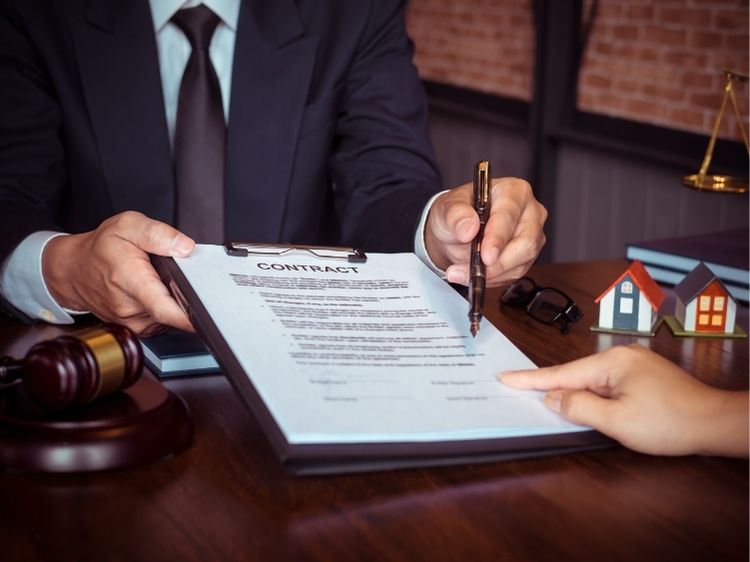Negligence in a Products Liability Action: Understanding the Legal Landscape
Ever wondered what happens when a product you trust suddenly turns into a liability? Negligence in a products liability action is a critical legal concept that can affect anyone who manufactures, distributes, or sells consumer goods. If a product causes harm due to a defect, negligence might be at the heart of the issue, opening the door to legal claims and liabilities. But what does negligence in this context really mean, and how does it impact the parties involved? Let’s dive into the intricacies of negligence in a products liability action to better understand the legal responsibilities and potential consequences.
What is Negligence in a Products Liability Action?
Negligence, in simple terms, refers to the failure to exercise reasonable care to avoid causing harm to others. In the realm of products liability, negligence occurs when a manufacturer or seller fails to ensure that their product is safe for consumers. This can happen at any stage of the product’s life cycle—from design to manufacturing, to marketing, or even during distribution. If a consumer is injured as a result of this negligence, they may have grounds to file a products liability lawsuit.
Elements of Negligence in Products Liability
To establish negligence in a products liability action, a plaintiff must prove four key elements:
- Duty of Care: The manufacturer or seller had a legal duty to ensure the safety of the product.
- Breach of Duty: The manufacturer or seller breached that duty by failing to act as a reasonably prudent person would under similar circumstances.
- Causation: The breach of duty directly caused the plaintiff’s injury.
- Damages: The plaintiff suffered actual harm or damages as a result of the breach.
Each of these elements plays a crucial role in determining whether a products liability claim is valid. Without proving all four, the case may not hold up in court.
How Does Negligence Differ from Strict Liability?
In products liability cases, negligence is often contrasted with strict liability. While negligence focuses on the conduct of the manufacturer or seller, strict liability holds a party responsible regardless of fault. In other words, under strict liability, it doesn’t matter if the manufacturer took every possible precaution—if the product is defective and causes harm, they may still be held liable. This difference is vital because it shapes the legal strategy and potential outcomes of a products liability action.
Common Types of Product Defects Leading to Negligence Claims
Product defects that can lead to negligence claims generally fall into three categories:
- Design Defects: These occur when the product’s design is inherently unsafe. For instance, a car with a high center of gravity that’s prone to rollovers may be considered to have a design defect.
- Manufacturing Defects: These arise when the product deviates from its intended design due to errors during the manufacturing process. A common example would be a batch of contaminated food products.
- Marketing Defects: Also known as “failure to warn,” these defects occur when the manufacturer or seller fails to provide adequate instructions or warnings about the product’s potential risks. An example would be a medication that doesn’t include a warning about possible side effects.
Real-World Examples of Negligence in Products Liability
Let’s look at some high-profile cases to see how negligence plays out in real-world products liability actions:
- McDonald’s Hot Coffee Case: Perhaps one of the most famous cases, a woman was awarded damages after spilling extremely hot coffee on herself. The coffee was served at a temperature much higher than what would be considered safe, leading to severe burns. McDonald’s was found negligent for not warning consumers about the excessive temperature.
- Ford Pinto Case: In the 1970s, the Ford Pinto became notorious for its tendency to explode in rear-end collisions. It was later revealed that Ford was aware of the design flaw but chose not to fix it due to cost considerations. This negligence led to numerous lawsuits and a tarnished reputation for the company.
- Takata Airbags: More recently, Takata Corporation faced massive liability claims due to defective airbags that could explode and send shrapnel into passengers. The company’s failure to address the defect despite knowing about it resulted in widespread injuries and deaths, leading to one of the largest automotive recalls in history.
Proving Negligence in a Products Liability Case
Proving negligence in a products liability action can be challenging. The plaintiff must gather evidence to demonstrate that the manufacturer or seller failed to meet their duty of care. This often requires expert testimony to establish what a reasonable manufacturer would have done under similar circumstances. Additionally, documentation such as design plans, quality control records, and marketing materials can be critical in building a strong case.
The Role of Comparative Negligence
In some cases, the defendant might argue that the plaintiff was partially at fault for their injury. This is where the concept of comparative negligence comes into play. If the court finds that the plaintiff was partly responsible—perhaps by misusing the product or ignoring safety warnings—the damages awarded may be reduced accordingly. For example, if a plaintiff is found to be 20% at fault, their compensation may be reduced by 20%.
FAQs on Negligence in Products Liability
What is the difference between negligence and strict liability in products liability?
Negligence focuses on the conduct of the manufacturer or seller, requiring proof that they failed to exercise reasonable care. Strict liability, on the other hand, holds a party responsible for a defective product regardless of fault or intent.
Can a consumer be partially at fault in a negligence claim?
Yes, under the concept of comparative negligence, the plaintiff’s compensation may be reduced if they are found to be partially at fault for their injury.
What types of damages can be claimed in a negligence-based products liability case?
Damages may include medical expenses, lost wages, pain and suffering, and in some cases, punitive damages if the conduct of the manufacturer or seller was particularly egregious.
How long does a plaintiff have to file a negligence claim in a products liability case?
The statute of limitations varies by jurisdiction, but it generally ranges from two to four years from the date of injury. It’s essential to consult with a legal expert to ensure the claim is filed within the appropriate time frame.
Can a product recall affect a negligence claim?
Yes, a product recall can serve as evidence of a defect and may strengthen a plaintiff’s case. However, the recall alone does not prove negligence—it must be demonstrated that the manufacturer or seller breached their duty of care.
Conclusion
Negligence in a products liability action is a complex legal issue that requires careful consideration of various factors, including duty of care, breach, causation, and damages. Understanding the nuances of negligence and how it differs from strict liability is crucial for anyone involved in manufacturing, distributing, or selling products. By ensuring that products are safe and by addressing potential defects proactively, companies can mitigate the risk of negligence claims and protect both their customers and their reputation.





